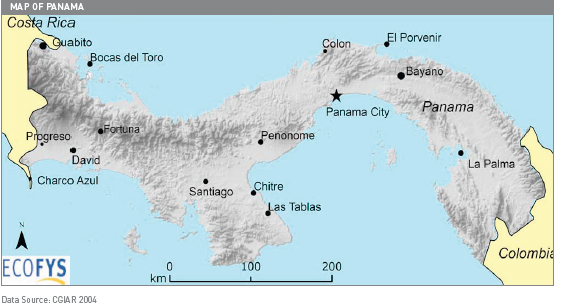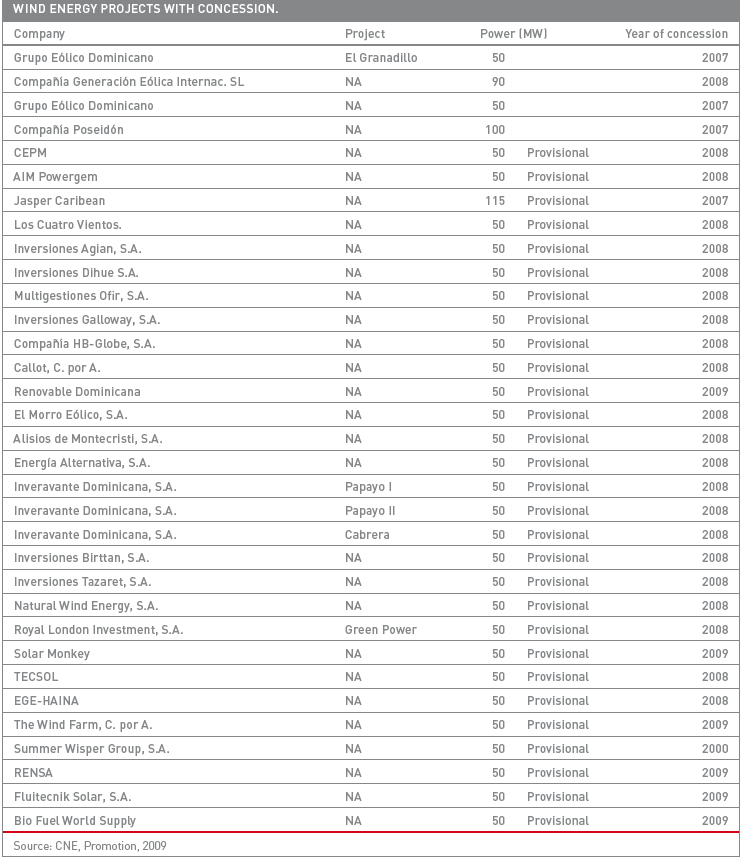Knowledge fuels change - Support energypedia!
For over 10 years, energypedia has been connecting energy experts around the world — helping them share knowledge, learn from each other, and accelerate the global energy transition.
Today, we ask for your support to keep this platform free and accessible to all.
Even a small contribution makes a big difference! If just 10–20% of our 60,000+ monthly visitors donated the equivalent of a cup of coffee — €5 — Energypedia would be fully funded for a whole year.
Is the knowledge you’ve gained through Energypedia this year worth €5 or more?
Your donation keeps the platform running, helps us create new knowledge products, and contributes directly to achieving SDG 7.
Thank you for your support, your donation, big or small, truly matters!
Wind Energy Country Analyses for the Caribbean
Wind Energy Potential
The U.S. National Renewable Energy Laboratory (NREL) performed an initial assessment. The main goal of the study was to map the wind resources in all regions of the Dominican Republic and to compile the results in a wind atlas [[1]]. The wind resource in the Dominican Republic is strongly dependent on elevation and proximity to the coastline. In general, the wind resource is best on hilltops, ridge crests, and coastal locations that have excellent exposure to the prevailing winds from the east. The extreme southwestern and northwestern regions of the country are estimated to have the greatest number of areas with good-to-excellent wind resources43 for utility-scale applications, because the upper-air winds and ocean winds are greatest in these regions. The wind mapping results show many areas of goodto- excellent wind resource for utility-scale applications or excellent wind resource for village power applications. The best wind resources are found in the southwestern provinces of Pedernales and Barahona and the northwestern provinces of Puerto Plata and Monte Cristi. Significant areas of good-to-excellent wind resource can be found in many other locations, such as well-exposed hilltops and ridge crests of the Samana Peninsula and other near-coastal locations throughout the Dominican Republic and the major mountain ranges including Cordillera Septentrional, Cordillera Oriental, Cordillera Central, and Sierra Neiba. The mapping results show many additional areas of moderate wind resource for utility-scale applications or good wind resource for village power applications, including many east-facing coastal locations along the eastern and northern coasts of the Dominican Republic. About 1 500 km² of land has been estimated to exist with good-to-excellent wind resource potential. These wind corridor regions represent less than 3 % of the total land area (48,442 km²) of the Dominican Republic. Using conservative assumptions of about 7 megawatts (MW) per km², this land could potentially support more than 10 000 MW of installed capacity and deliver over 24 billion kilowatt-hours (kWh) per year. Considering only these areas of good-to-excellent wind resource, there are 20 provinces in the Dominican Republic with at least 100 MW of wind potential and 3 provinces with at least 1 000 MW of wind potential. If the additional areas with moderate wind resource potential (or good for rural power applications) are considered, the estimated area increases to more than 4 400 km²,or slightly more than 9 % of the entire Dominican Republic. This wind corridor regions could potentially support more than 30 000 MW of installed capacity and deliver over 60 billion kWh per year. There are 12 provinces with at least 1 000 MW of wind potential, and all except for tree provinces have at least 100 MW of wind potential. However, additional studies are required to more accurately assess the wind power potential, considering factors such as the existing transmission grid and accessibility.
Existing Wind Energy Projects and Project Pipeline
In July 2009 the CNE announced the collaboration between Dominican Republic and the United Arab Emirates for the construction of 600 MW of wind power on the island (together in a project that includes the construction of a 600 MW natural gas power plant). It is expected that 500 million € is to be invested. Six new wind parks are planned to be installed: two in Puerto Plata, two in Montecristi and two in Azua. Wind turbines currently operating in the country are located only at auto producer plants, attending their own demands.44 Nevertheless, a total of 33 projects have their concession granted in recent years, representing a total of 1 905 MW to be installed in the country. Table 21 shows all wind projects with concessions in the country.





















